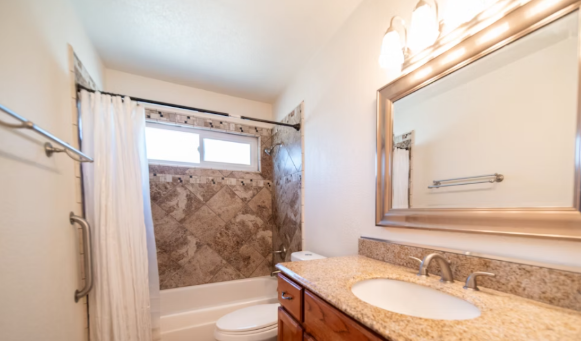Choosing the right school for your child is a crucial decision, one that can set off your child’s entire future. When it’s time to enroll them in a school, you’ll find that there are so many types, each promising something unique.
But the right one depends less on prestige and more on what fits your child’s personality, values, and learning style.
Here’s a breakdown of the five main types of schools to help you make a confident and well-informed decision.
1. Public Schools
Public schools are the most common option. They’re free, government-funded, and open to all children within a district. They’re ideal for families who want an education that’s accessible, diverse, and connected to the local community.
Modern public schools often provide advanced placement (AP) or gifted programs, sports, and extracurricular activities that rival private institutions. The biggest variable is location.
Public schools are best for families who value inclusivity, affordability, and community ties.
2. Private Schools
Private schools usually operate independently of government funding, allowing them to design their own curricula and maintain smaller class sizes. This allows for a more tailored education, often with a stronger emphasis on academic rigor, arts, or leadership development.
For parents looking for moral or faith-based learning, a Christian private prep school might be the perfect fit. These institutions often combine strong academics with character-building programs rooted in spiritual growth, discipline, and service.
Private schools are best for students who thrive under structure and families looking for a values-based education.
3. Charter Schools
Charter schools are publicly funded but independently operated. Think of them as hybrids; they follow general education standards but have the flexibility to experiment with teaching styles, class structures, and subjects.
For example, a charter school might emphasize STEM, environmental studies, or the arts, depending on its mission. They often attract students who don’t fit the traditional model and prefer a more hands-on, interest-driven approach.
Charter schools are best for students who need creative learning environments or unique subject focus areas.
4. Boarding Schools
A boarding school provides both education and housing, creating an immersive environment where academics, extracurriculars, and personal growth happen in one place.
Students live on campus with peers, which encourages independence, time management, and social skills that go beyond traditional schooling. Some focus on academics and college prep, while others emphasize athletics, performing arts, or even international education.
The sense of community is strong, but it requires students to have a certain level of maturity to adapt to the structure and the distance from home. Boarding schools are best for independent learners and students.
5. Homeschooling
Homeschooling has grown rapidly in recent years, especially as technology has made remote education more accessible. Parents can design a personalized curriculum, set flexible schedules, and teach at their child’s own pace.
While it offers unmatched freedom, homeschooling requires time, patience, and resources to ensure children get well-rounded exposure. This includes not just academics, but also social interaction and extracurriculars.



